 Most of my cookie projects are inspired by my memories, and so is this one, inspired as it is by some beach huts I saw in La Mer, Dubai (UAE), a beachfront with restaurants, shops, activities for children, and more. It was cloudy and gloomy when I took this picture, but I was drawn to these colorful beach huts anyway. They are washrooms with shower facilities, and they have become a classic picture spot since the La Mer opening in October 2017. You can find many such photos on Instagram. Here's one where you can see the huts' vibrant colors at the same angle, but on a sunnier day.
Most of my cookie projects are inspired by my memories, and so is this one, inspired as it is by some beach huts I saw in La Mer, Dubai (UAE), a beachfront with restaurants, shops, activities for children, and more. It was cloudy and gloomy when I took this picture, but I was drawn to these colorful beach huts anyway. They are washrooms with shower facilities, and they have become a classic picture spot since the La Mer opening in October 2017. You can find many such photos on Instagram. Here's one where you can see the huts' vibrant colors at the same angle, but on a sunnier day.
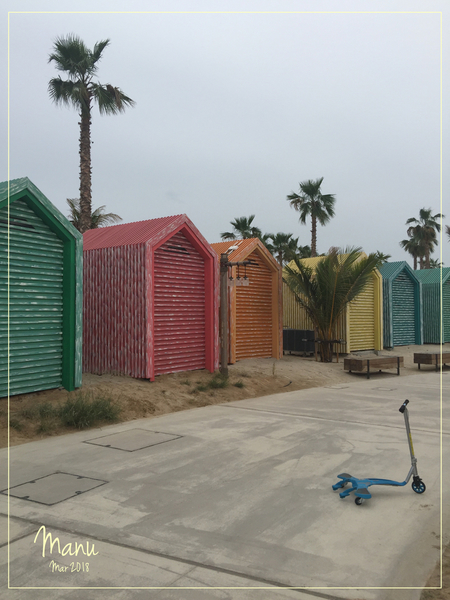
The beach hut in this project has the same shape as those in Dubai, but I personalized it by using some elements from my nautical tutorials of the past two years. (You can find those tutorials here and here on Cookie Connection.) Moreover, I designed this beach hut to contain cookies, so the roof can be lifted to insert (or to remove and eat) nautical-themed cookies or whatever treat you like. The hut could also be used as a cake topper with a present hidden inside.
- Dough of your choice
- Cookie templates (See "Attachments" under "Files" at the end of this post.)
- Sharp knife
- Two large (12-cm/5-in and 11-cm/4 3/8-in) square cookie cutters, for hut base, sides, and roof (I used cutters from this six-piece square cutter set.)
- Royal icing and pastry tips:
- White piping-consistency (PME #1 tip or equivalent)
- White flooding-consistency (Wilton #3 tip or equivalent)
- Sky blue and red piping-consistency (PME #1 tip or equivalent )
- White very thick consistency in parchment cones (@Julia M. Usher calls it “glue” in her video, and I like to call it “Julia’s glue”.)
- Red and sky blue gel food coloring
- Alcohol (vodka or Everclear)
- Wide (1.2-cm/1/2-in) flat paint brush, though bristle width can vary (I used the one from this Wilton set.)
- Scribe tool or small round paint brush
- Zester or Microplane tool
- Filed cookie crumbs (aka cookie "sand")
- Spatula
- Food marker
- Royal icing transfers: 6 seagulls and 2 nautical knots (See "Attachments" for seagull templates and my tutorial here for knot instructions.)
Step 1: Roll, cut, and bake cookies
Roll your dough to a thickness of about 0.6 centimeters (1/4 inch). Cut the cookies using my templates and a sharp knife, and the square cutters listed above, following the "Cookie Notes" below. Then bake the cookies as directed in your recipe, and let them cool completely.
- Base (#1): 1 (12-cm/5-in) square
- Hut small sides (#2): 2 (11-cm/4 3/8-in) squares
- Hut tall sides (#3): 2 (10 x 15.5-cm/4 x 6-in) pentagons
- Roof sides (#4): 2 (8 x 11-cm/3 1/8 x 4 3/8-in) rectangles (Important: Before cutting out these cookies, make sure that the shorter side of each rectangle is at least 1.2 centimeters (1/2 inch) longer than the short side of the roof support (#5), below. Otherwise, after filing the roof edges in Step 3c, the roof will be too short and there will be a gap along its long sides.)
- Roof supports (#5): 2 (10 x 4.5-cm/4 x 1 3/4-in) triangles (to keep the roof from splitting at the top seam when lifted)
- Extra cookie (not pictured): Almost any size will do (to be filed and used as "sand")
Step 2: Decorate hut sides and assemble hut
a. Using a PME #1 tip (or equivalent), outline the four hut sides (cookies #2 and #3) with white piping-consistency royal icing. Then, using a Wilton #3 tip (or equivalent), flood them with white flooding-consistency royal icing. Let the icing dry completely.
b. Dilute red gel food coloring with alcohol and, with a flat paint brush, paint a stripe along the edge of one of the square hut sides. The width of the stripe is determined by the width of the flat paint brush. My stripes here are 1.2 centimeters (1/2 inch). The diluted coloring helps the paint brush move easily along the flooded surface without having to apply much pressure. I recommend practicing on a plate by painting several parallel stripes before attempting to paint on the cookie. By doing so, you will know exactly how much coloring is needed to load the paint brush and to paint across the width of the cookie. (Alternatively, you could use stencils and an airbrush to speed up the process and to create a more uniform result, though I like the more imperfect handpainted effect for this project.)
c. Keep painting more parallel red stripes, leaving a distance between them equal to the width of the paint brush (or stripe).
d. Repeat Step 2c for the remaining three hut sides. (Note: When assembling the beach hut, you have the option of orienting the two square sides so the stripes on them run either horizontally, as on the pentagon-shaped sides, or vertically. I chose the latter so the stripes alternate directions on each side of the hut.)
e. Use sky blue piping-consistency royal icing and a PME #1 (or equivalent), and pipe a line across the square cookie, perpendicular to the stripes you just painted and just below center.
f. Pipe a rope border below the sky blue line that you just piped, using that line as a guide to keep the rope straight. Use white piping-consistency royal icing and a Wilton #3 tip (or equivalent) for the rope. For more information about piping rope borders, check out @SweetAmbs' tutorial here.
g. Pipe another sky blue line just below the rope.
Repeat Steps 2e to 2g for the other square cookie.
h. Pipe “Julia’s glue” along one long edge of a pentagon cookie (#3) and glue it to a square cookie (#2) at a distance of about 1.2 centimeters (1/2 inch) from the edge of the square. Repeat with the remaining pentagon and square. The sides need to be perpendicular to one another and to stand upright. Use a square cookie cutter or other square object to support the glued pieces from the inside and to make sure the sides are perpendicular. Before the icing glue sets, remove any icing excess along the edges using a scribe tool or small round paint brush. You will end up with two “L”s.
i. Once the glue on the two “L”s has set, pipe some more glue on the two exposed pentagon edges, and put the "L"s together to form a frame. Again, use a scribe tool or small round paint brush to remove any excess icing along the edges, if necessary. Let the icing dry completely.
j. File the extra cookie using a zester or Microplane tool to create "sand". Mix a few teaspoons of this sand into the leftover white flooding-consistency royal icing.
k. You should end up with a paste with a consistency very close to “Julia’s glue”. (Note: You could also use "Julia's glue" here, but I didn't have enough of it left over to tint brown, whereas I had a lot of flooding-consistency icing and an extra cookie to thicken and darken it!)
l. Use a spatula to spread the paste along two opposing edges of the bare base cookie (#1).
m. Carefully lift the frame you made in Step 2i, center it over the base, and gently press it into the cookie paste to adhere it to the base.
n. Working quickly before the paste sets, sprinkle cookie sand all over the paste on both sides of the beach hut.
o. Be generous with the sand; it should look like the real deal. The paste will dry quite quickly and should keep most of the sand in place. Carefully brush away any excess, loose sand.
Step 3: Miter roof edges; then decorate and assemble
a. In order to minimize seams and achieve the cleanest possible look, I always miter the edges of cookies that come together at a corner, such as at the top of this roof. (By miter, I mean to file to roughly a 45-degree angle.) For this specific design, I not only mitered the top roof seam, but also the long bottom edges of the roof to ensure clean junctions where those pieces meet the hut sides.
b. The red lines in the picture below show where to file/miter the long edges of the roof sides (#4) to ensure a nice tight fit with the roof supports (#5) and hut sides (#2).
c. Using a zester or Microplane tool, file along the imaginary red lines drawn above. Use a roof support cookie (#5) to gauge how much filing you need to do.
d. As you can see in the right-hand picture below, the sides of the roof now fit more closely than they did in Picture 3a, above. (Important: Use a food marker to indicate the edges that will be glued together at the top seam. This reminder will be useful when later assembling the roof in Step 3h.) We're now ready to decorate the roof pieces!
e. Using white piping-consistency royal icing and a PME #1 tip (or equivalent), outline the roof sides (#4) and supports (#5). Then, using a Wilton #3 tip (or equivalent), flood them with white flooding-consistency royal icing. Let the icing dry completely.
f. Dilute sky blue gel food coloring with alcohol and, with a wide (1.2-cm/1/2-in) flat paint brush, paint a stripe along the top and bottom long edges of each rectangle. The width of these stripes should be about one and a half times that of the paint brush (or 1.8 centimeters/3/4 inch wide). Now using the red paint mixed in Step 2b (rehydrating it as needed), paint (1.2-cm/1/2-in) vertical red stripes on the triangles.
g. Back to the rectangles! Using red piping-consistency royal icing and a PME #1 tip (or equivalent), pipe a line along the innermost edge of a sky blue stripe on one of the rectangles; then pipe a white rope border just as you did in Step 2f. Keep alternating red lines with rope borders until you reach the innermost edge of the other sky blue stripe. (Note: It's okay to overpipe the blue stripe if the lines and ropes don't fit perfectly in between the two blue stripes.) Repeat this step on the remaining rectangular cookie. Let the icing dry.
h. Pipe “Julia’s glue” along one of the long edges you marked in Step 3d, and stick the two roof sides together. Use a scribe tool to remove any excess icing along the outer (top) seam, and use a small round paint brush or your clean finger to spread the excess icing along the inner seam.
i. Before the icing along the top seam dries, glue the triangles under the roof. I divided the roof in three parts, and glued the two triangles at the dividing lines between the thirds. Again, while the icing is still wet, fine-tune the placement of the roof sides and supports so that everything fits together as tightly and cleanly as possible. As you can see below, I used a cookie cutter as a prop, but if you nail the consistency of “Julia’s glue”, you could (potentially) avoid props altogether. Clean up any excess icing at the seams, and let the icing dry completely.
j. If the outer (top) seam has a little gap, as mine did, pipe some more glue along it.
k. Spread the glue with a small round paint brush or clean finger.
l. After a few minutes, when the icing is set, paint the glue along the seam with sky blue food coloring diluted with alcohol.
The final details include some seagull and nautical knot royal icing transfers, which will be stuck onto the hut. (A royal icing transfer is royal icing piped off the cookie directly on another surface, such as parchment paper or acetate. The icing is allowed to dry and then later transferred onto the cookie). You’ll find the seagull templates in the attachments below and more information about making transfers in my tutorial here (Steps 5b to 5e). For the knot transfer, I wrote a detailed step-by-step tutorial last year on Cookie Connection. My video below is a complement to that tutorial.
Use piping-consistency royal icing to glue three seagull transfers to each side of the roof. Also, glue one royal icing knot to the front of the beach hut and another to its back side.
Now, put the roof in its place . . .
. . . and our 3-D Beach Hut Cookie Box is complete!
Ciao, Manu ⚓️

Photo and cookie credits: Manuela Pezzopane
Note: Made by Manu is a Cookie Connection blog feature written by Manuela Pezzopane, where each month she shares the method behind a magical cookie of her own making. This article expresses the views of the author, and not necessarily those of this site, its owners, its administrators, or its employees. To read all of Manuela's past Made by Manu tutorials, click here. And to see all of Cookie Connection's tutorials, click here.

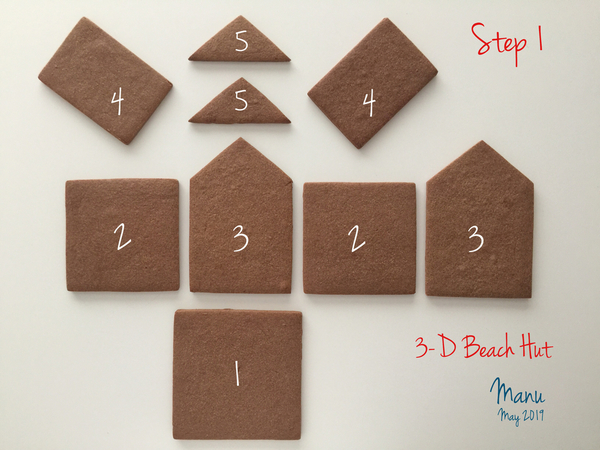

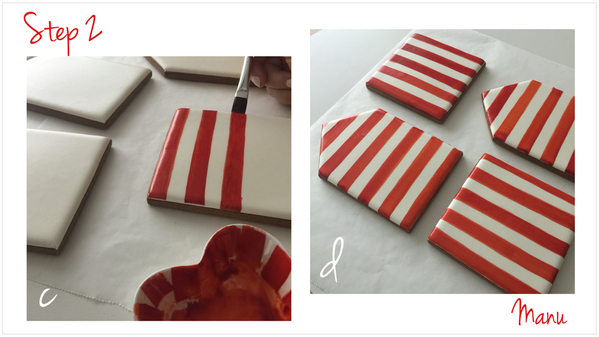


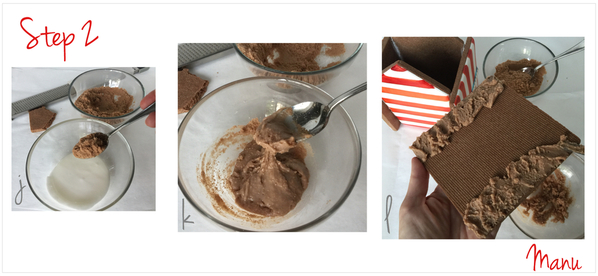

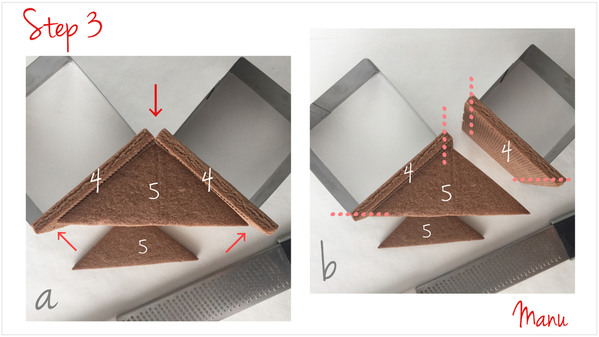



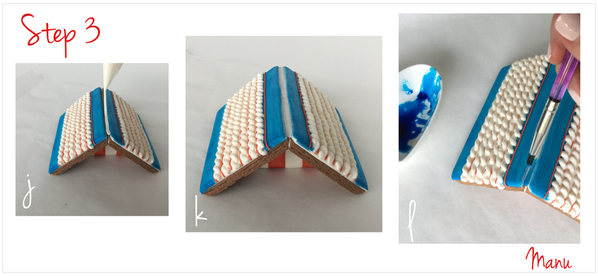


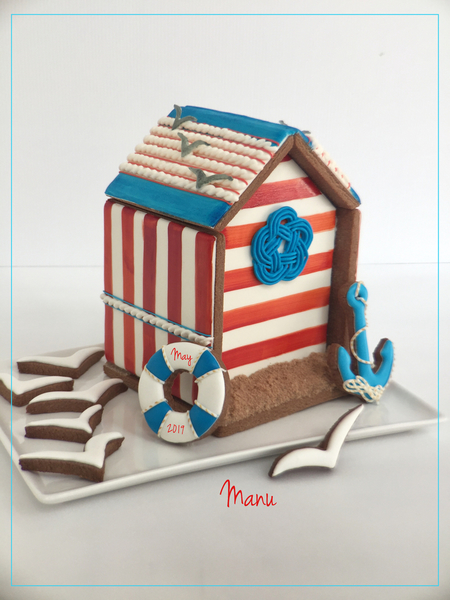


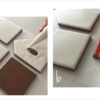






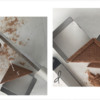



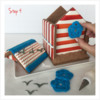
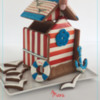

Comments (23)